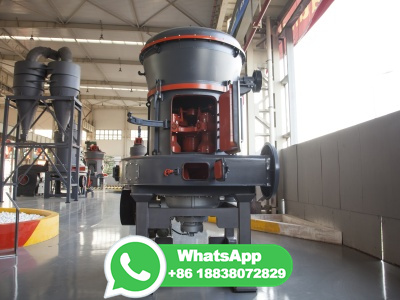Influence of coal properties on coal conversion processal ...
The chemical constituents present in coal structure impact greatly on its mechanical behavior. The composition of organic matter and its degree of decomposition led to varying coal strength and modulus of elasticity of different coals (Pan et al. 2013; Singh and Mrityunjay 2018b; Ahamed et al. 2019) as the chemical structure was of low rank have a high concentration of aliphatic ...






























